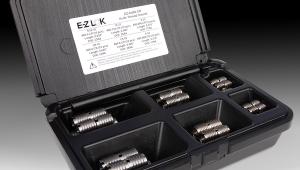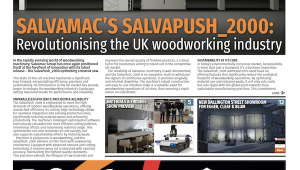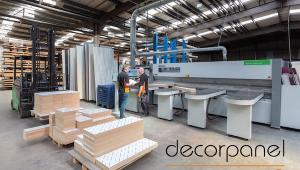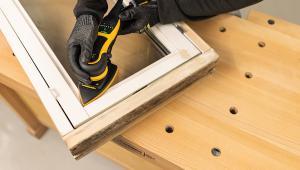The silent workplace killer: dust exposure
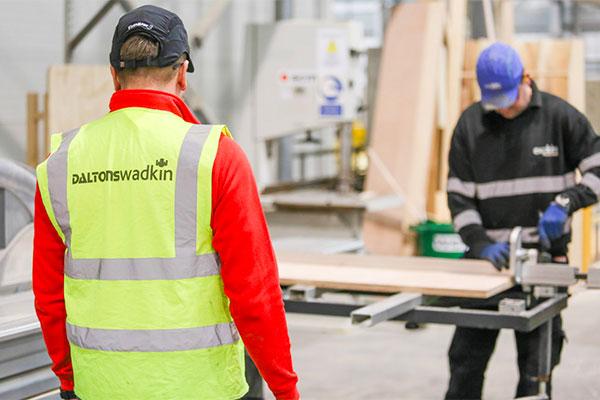
Industrial woodworking manufacturer Daltons Wadkin is launching a campaign to bring awareness to dust exposure - a silent but deadly issue in workplaces across the country - after it was revealed that more than half of woodworking companies are breaching regulations. The woodworking industry has always been a dangerous place to work, being second to farming in terms of accident rates. Each year, around 12,000 people die from work-related lung diseases, which are linked to past exposure to hazardous substances at work – this figure includes dust exposure.
Back in February 2022, HSE – Health and Safety Executive – released a report that showed over 50% of the 200 woodworking businesses they visited in the last two quarters were breaching dust exposure regulations. While dust exposure doesn’t sound too threatening on the surface, it can actually lead to occupational asthma, lung disease, and even cancer.
We need to make a change
Alex Dalton, Daltons Wadkin MD, explained how his personal experience in the industry led him to believe that businesses weren’t taking dust exposure seriously: “We’ve suspected for a long time that the LEV - Local Exhaust Ventilation - side of workshops could be improved generally throughout the UK.“From my own experience as a salesperson in the early part of my career, going into different businesses to talk about various machine solutions, it wouldn't be uncommon to walk in and see piles of wood chippings and high dust accumulations on work surfaces and window sills. Without making any excuses, it’s the way the industry has been for a long time. It’s very traditional - the methods followed now were also followed years ago. There’s been a real lack of progression given the modern data and findings we now have access to.”
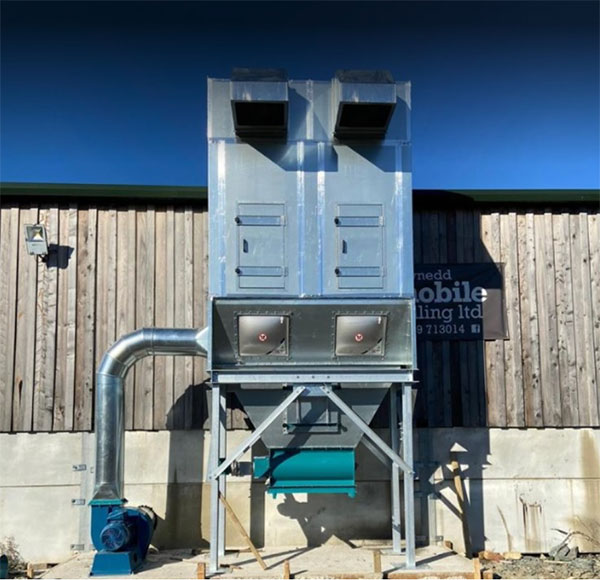
What does dust exposure actually do?
Wood-dust inhalation is included in the figure of 12,000 people dying yearly from work-related lung diseases, but what is it about dust that causes these health issues? Essentially, fine dust particles - known as respirable dust - can easily be inhaled into the nose and pharynx. In industries such as manufacturing, avoiding inhalation of these particles is practically impossible. Over time, these accumulate and take up space in workers’ lungs, which will eventually cause blockages in their chests.These blockages may initially present themselves as breathing problems, but if nothing is done, these issues could turn into life-threatening respiratory disease. In fact, it’s not uncommon for inhalation to cause occupational asthma and in the case of hardwoods, sinonasal cancer.
Why has dust exposure become such a prominent issue?
Employers working with woodworking equipment know they must have their LEV systems checked every 14 months, but with deaths and safety breaches becoming increasingly common, it's led the industry to wonder whether regulations are truly being followed. Alex explained in more detail how machines that aren't properly maintained can cause issues: “A lot of systems are designed and installed to service a certain number of machines but over time workshops evolve, equipment is added, and dust extraction systems modified in-house along the way.“When that happens you can lose efficiency very quickly and expose workers to excessive amounts of dust in the workplace. It’s a slippery slope. It can be extremely obvious that large volumes of dust are being created, but in other situations, this isn’t quite so obvious. Regardless, it's still there, still airborne, still present and workers are breathing it in all day.”
How can you protect yourself and your employees?
The law states that all woodworking machinery should be LEV tested at least every 14 months, but Daltons Wadkin recommends such systems should in fact be tested every year. Beyond that, they always encourage customers to opt for a fully integrated LEV system. These are stand-alone, purpose-designed, extraction systems with externally located collection bins complete with purpose-built ducting and manifolds to suit each machine. Flow rate gauges can also be installed at each machine to give operators a quick visual indication of whether the system is working optimally.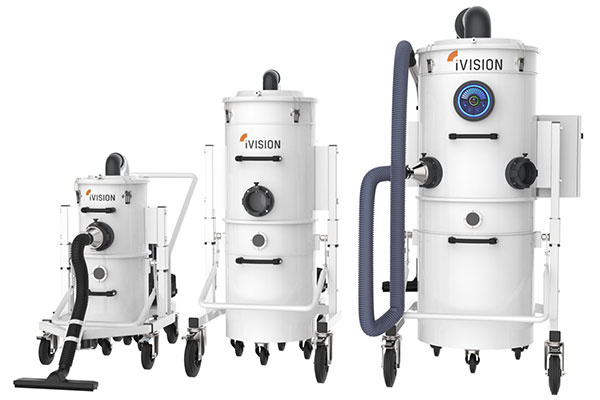
It’s time to solve the problem
The solutions are clear, but if the industry as a whole doesn’t make active improvements to deal with dust exposure and extraction, then the problem will only worsen.For more information on dust exposure, read Alex Dalton's full blog on the website.
- Log in or register to post comments
